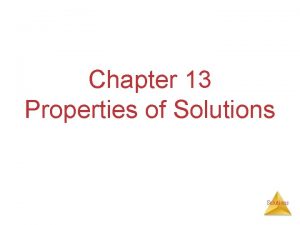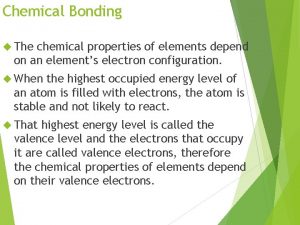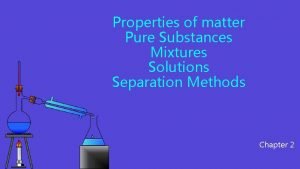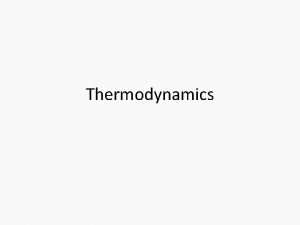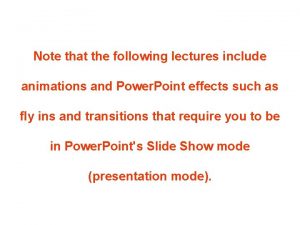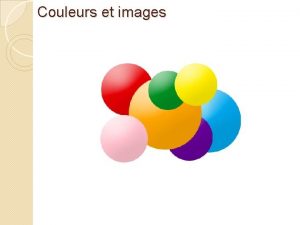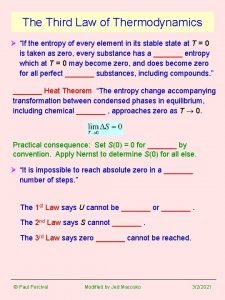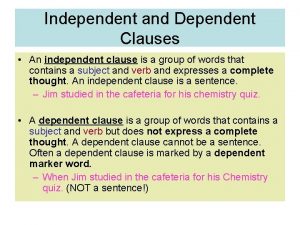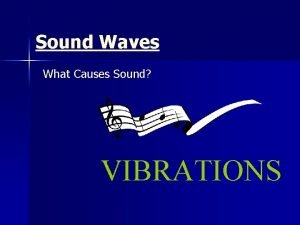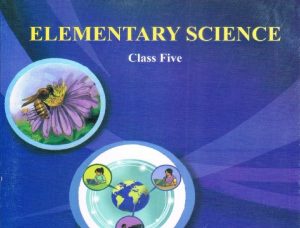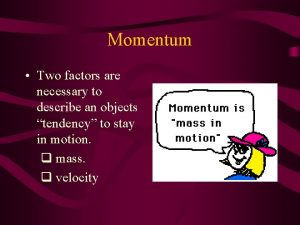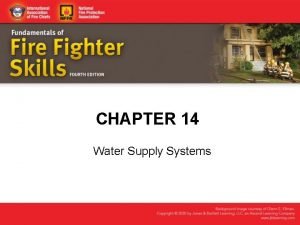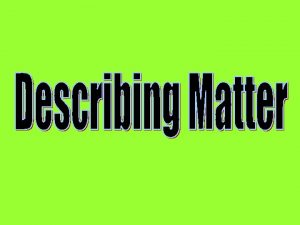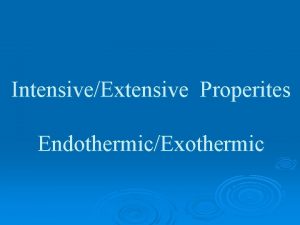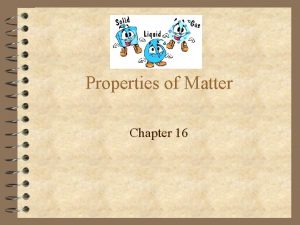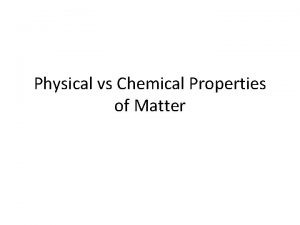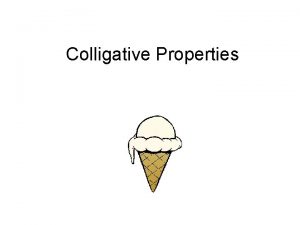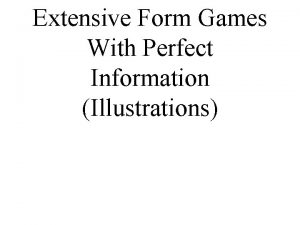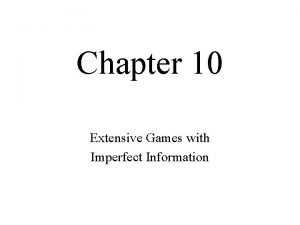Properties of Matter Extensive properties depend on the





















- Slides: 21

Properties of Matter • Extensive properties depend on the amount of matter that is present. • Mass • Volume

Properties of Matter • Intensive properties depend on type of matter in a sample.

Identifying Substances • Substance • matter that has uniform & definite composition • Physical properties • quality of a substance that can be observed or measured without changing the composition of the substance

States of Matter

Changes in States of Matter

Gas vs. Vapor • Gas: Substances that are in a gaseous state at room temperature. • Vapor: Gaseous state of a substance that is a liquid at room temperature

Physical Changes • Properties of material change, but composition does NOT change • Can be classified as reversible or irreversible

Mixtures • A physical blend of two or more substances that do not change • Can be separated easily • Ways to separate • • fingers screen paper filter magnet

Classifying Mixtures • Heterogeneous Mixture • • composition of mixture is not uniform throughout oil and water 2 or more phases suspensions • Phase: any part or a mixture with uniform make up and properties • Homogeneous Mixture • composition of mixture is uniform throughout • consists of only 1 phase • solutions



Elements & Compounds • Element: simplest form of matter that has a unique set of properties • e. g. C, H, O, N • Compound: substance that contains two or more elements chemically combined in a fixed proportion. • e. g. CO 2, H 20, C 6 H 12 O 6 • Compounds can be broken down into simpler substance by chemical means, but elements cannot.

Breaking Down Compounds • Physical methods are used to separate mixtures, but cannot break a compound into simpler substances. • Chemical changes are changes that produce matter with a different composition than the original matter.

Substances vs. Mixtures

Symbols & Formulas • Chemical symbols represent elements, chemical formulas represent compounds. • Jons Jacob Berzelius (1779 -1848) • Swedish chemist that developed symbols for elements • Symbols were based on Latin names of elements • First letter of chemical symbol is capitalized, second letter (if there is one) is lowercase

The Periodic Table

Chemical Formulas • Chemical symbols allow a shorthand way to write the chemical formulas of compounds. • Subscript numbers tell the proportions of elements in the compound Chemical formula for caffeine

Chemical Changes • The composition of matter always changes during a chemical change. • A new substance is formed. • Words associated with chemical changes: • • • Burn Rot Rust Decompose Ferment Explode • Also called chemical reactions

Chemical Reactions • Chemical reactions occur when one or more substances change into one or more NEW substances. • Reactant: starting material(s) • Product: substance(s) made in the reaction


 Extensive and intensive properties
Extensive and intensive properties Colligative properties depend on
Colligative properties depend on 4 colligative properties
4 colligative properties Colligative properties depend
Colligative properties depend Non colligative properties examples
Non colligative properties examples Physical properties of elements depend on
Physical properties of elements depend on Pure substance examples
Pure substance examples Extensive vs intensive thermodynamics
Extensive vs intensive thermodynamics Why does a star's life expectancy depend on mass
Why does a star's life expectancy depend on mass You are meeting a large truck on a two-lane road. you *
You are meeting a large truck on a two-lane road. you * De quoi dépend la couleur d'un objet
De quoi dépend la couleur d'un objet Third law of thermodynamics is depend on
Third law of thermodynamics is depend on Clause independent and dependent examples
Clause independent and dependent examples Does morality depend on religion rachels summary
Does morality depend on religion rachels summary Codependency definition
Codependency definition What does the speed of sound depend on
What does the speed of sound depend on I/o management in operating system
I/o management in operating system Cpp depend
Cpp depend Science class five
Science class five What does the speed of sound depend on
What does the speed of sound depend on Factors affecting momentum
Factors affecting momentum Chapter 14 water supply systems answer key
Chapter 14 water supply systems answer key

